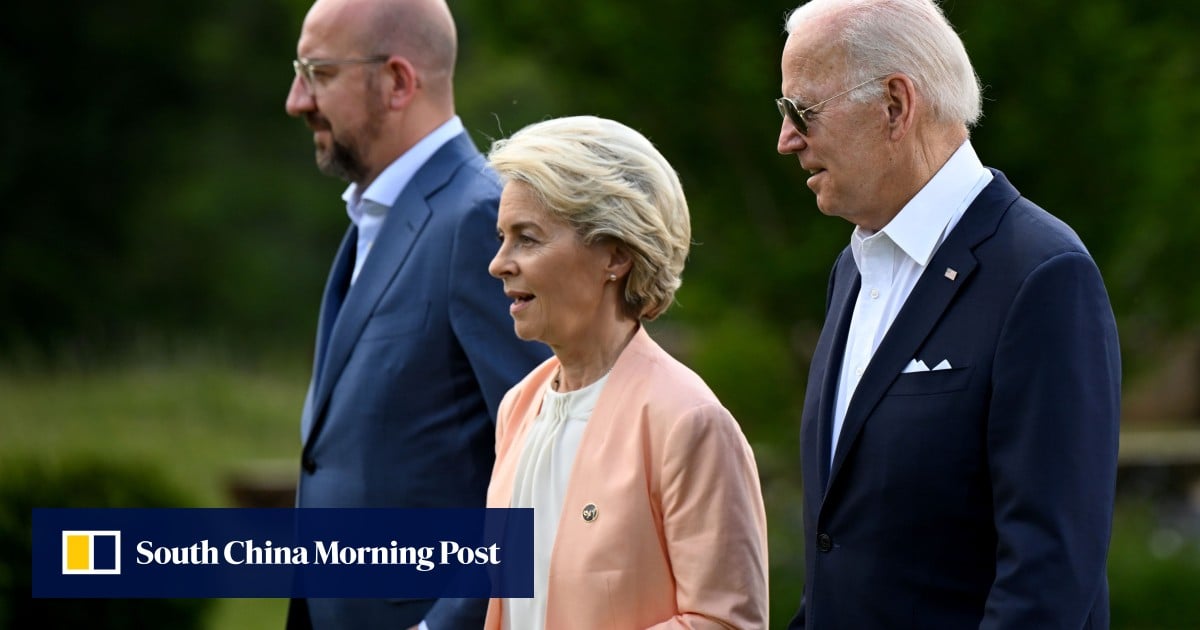
EU and US negotiators failed to reach a deal that could have resulted in additional tariffs being placed on Chinese metals products, following marathon talks in Washington.
The key European demand was a permanent removal of all Trump-era tariffs on EU exports. In exchange, the US wanted the EU to investigate and place tariffs on “the sources of non-market excess capacity” – broadly read as shorthand for China, the world’s largest exporter of both products.
However, amid European concerns over complying with World Trade Organization rules and after the US floated a snapback clause that would allow tariffs to be reimposed, talks finished without a deal, according to people involved in the negotiations.
Both sides agree that China is distorting the global steel market, but are not aligned on how to tackle it in a legal manner. A joint statement will pledge to continue discussions, ahead of a year-end deadline that would see the automatic renewal of tariffs that were frozen in a stopgap deal two years ago.
Hopes of smooth US-EU summit hit snag over China-related trade issues
Hopes of smooth US-EU summit hit snag over China-related trade issues
“The US cannot have it both ways: either we stick to a rules-based international trade order, then those rules must also apply to the US; or the US want to reserve the right to do to allies whatever they please, then they should drop the propaganda line about the rules-based order,” said Reinhard Buetikofer, the transatlantic spokesman of the Green group in the European Parliament.
Nor could the sides agree to a deal that would have given European exporters access to US green subsidies as part of its Inflation Reduction Act. The US insisted on a clause that would have required rigorous inspection of labour and environmental conditions at mines and mineral processing sites in Europe.
It has a similar “rapid inspection system” in other deals, but the EU balked at requirements that would have required full member state approval.
EU ambassadors signed off on a joint statement on Friday morning in Brussels, with the section on China said to be a “compromise” between the Group of 7 text at Hiroshima in May and the European Council conclusions on China from June.
China curbs a ‘potential bargaining chip’ to counter semiconductor ban: experts
China curbs a ‘potential bargaining chip’ to counter semiconductor ban: experts
China loomed large over the talks, with European officials sensing that it coloured the US approach to almost everything. “It was an absolute red line,” said one senior official about the negotiations on the China text.
Much as EU visitors to Beijing asked China not to view their relations with Europe through the lens of the United States, so the same request was made of Washington.
On economic security, EU sources said the US pushed hard for a coordinated approach – particularly on outbound investment controls – but fell short. The statement will separate the US approach from that of the EU’s, which will state that it is “exploring” whether such measures would be required.
It would have been possible for Brussels to agree to more, given that the EU member states have not landed on a common position on the restrictions. The European Commission, its secretariat, is exploring a tool that would screen private investments in 10 hi-tech sectors of the Chinese economy, with a proposal due before the end of the year.


